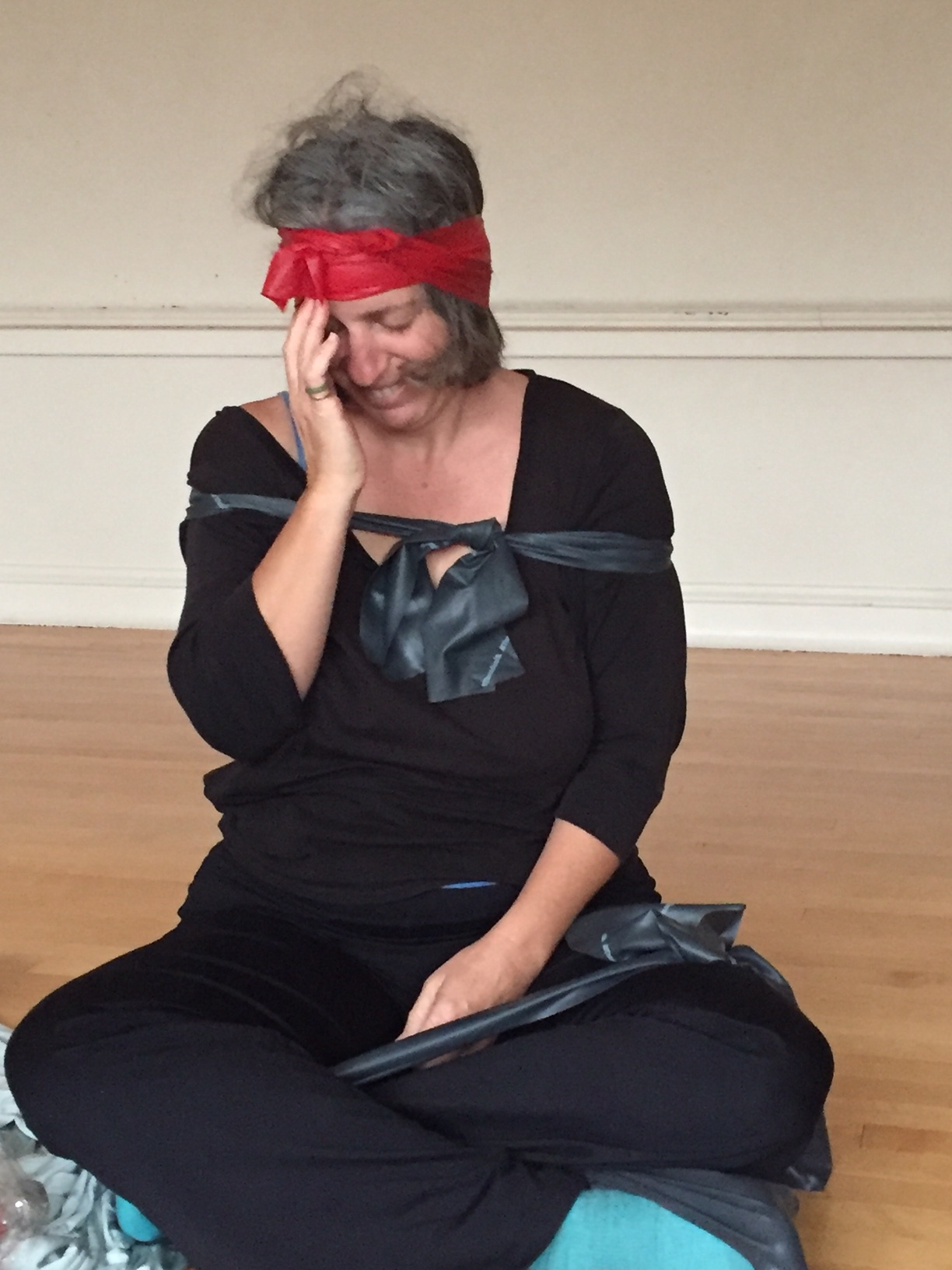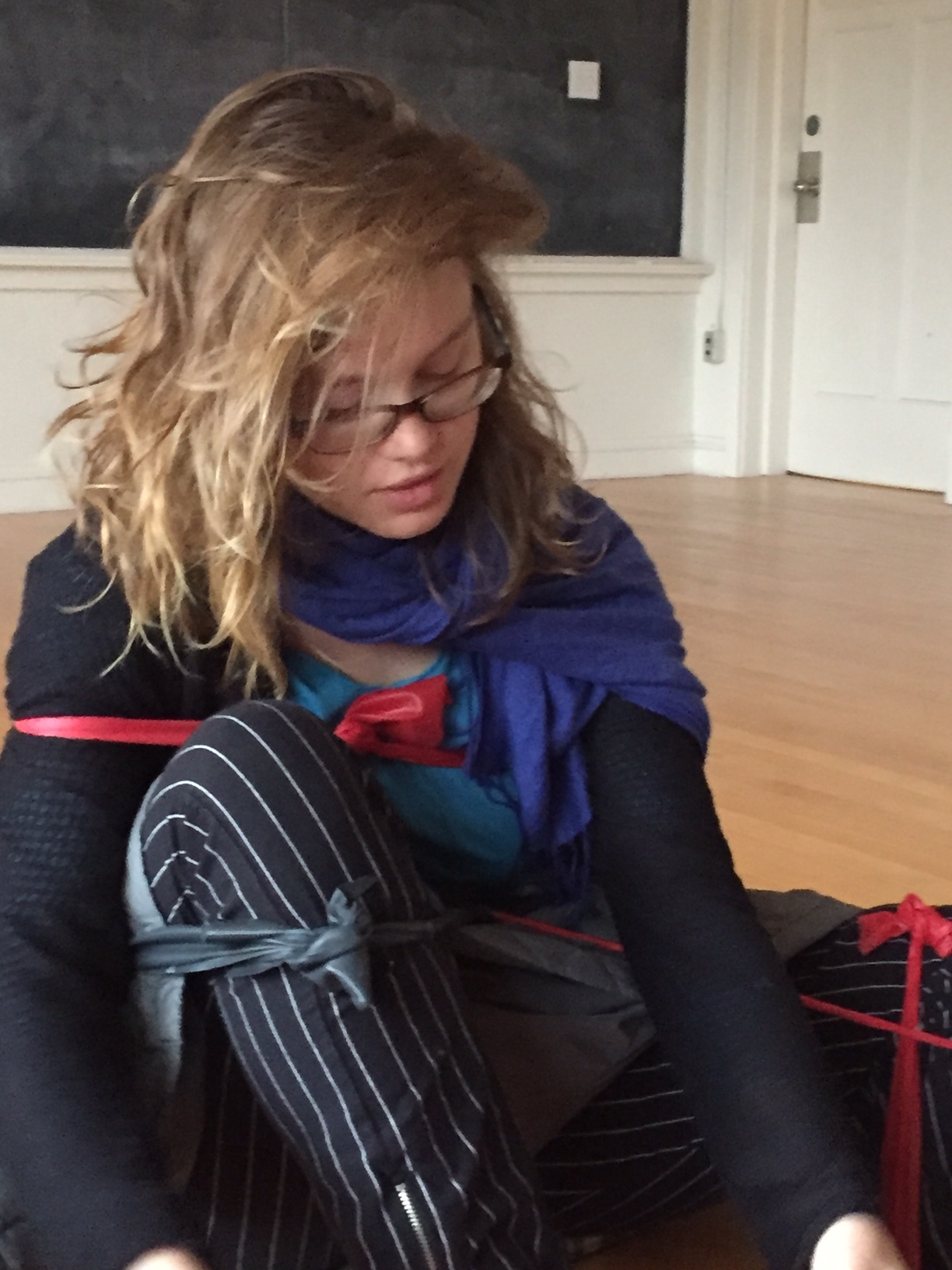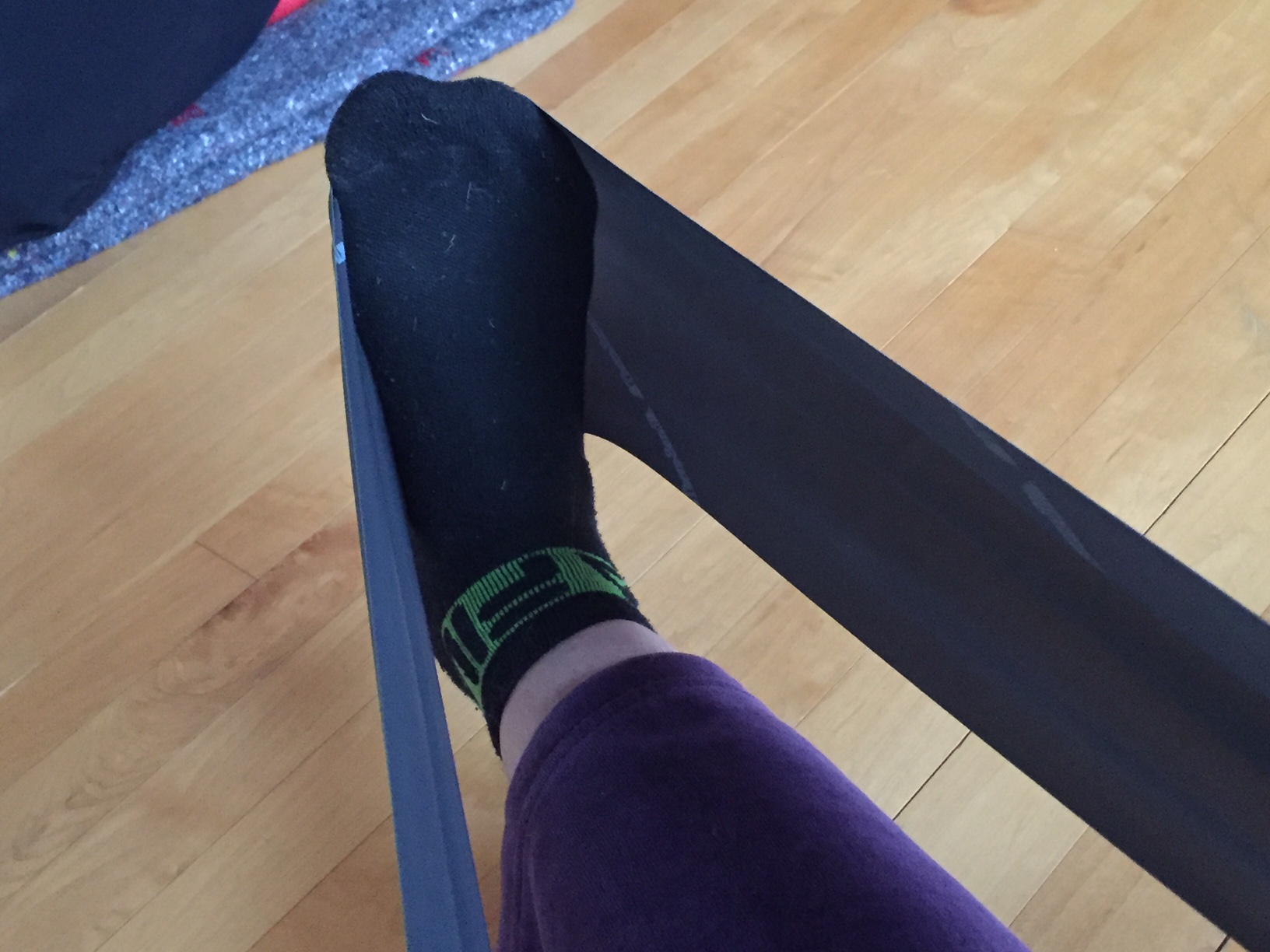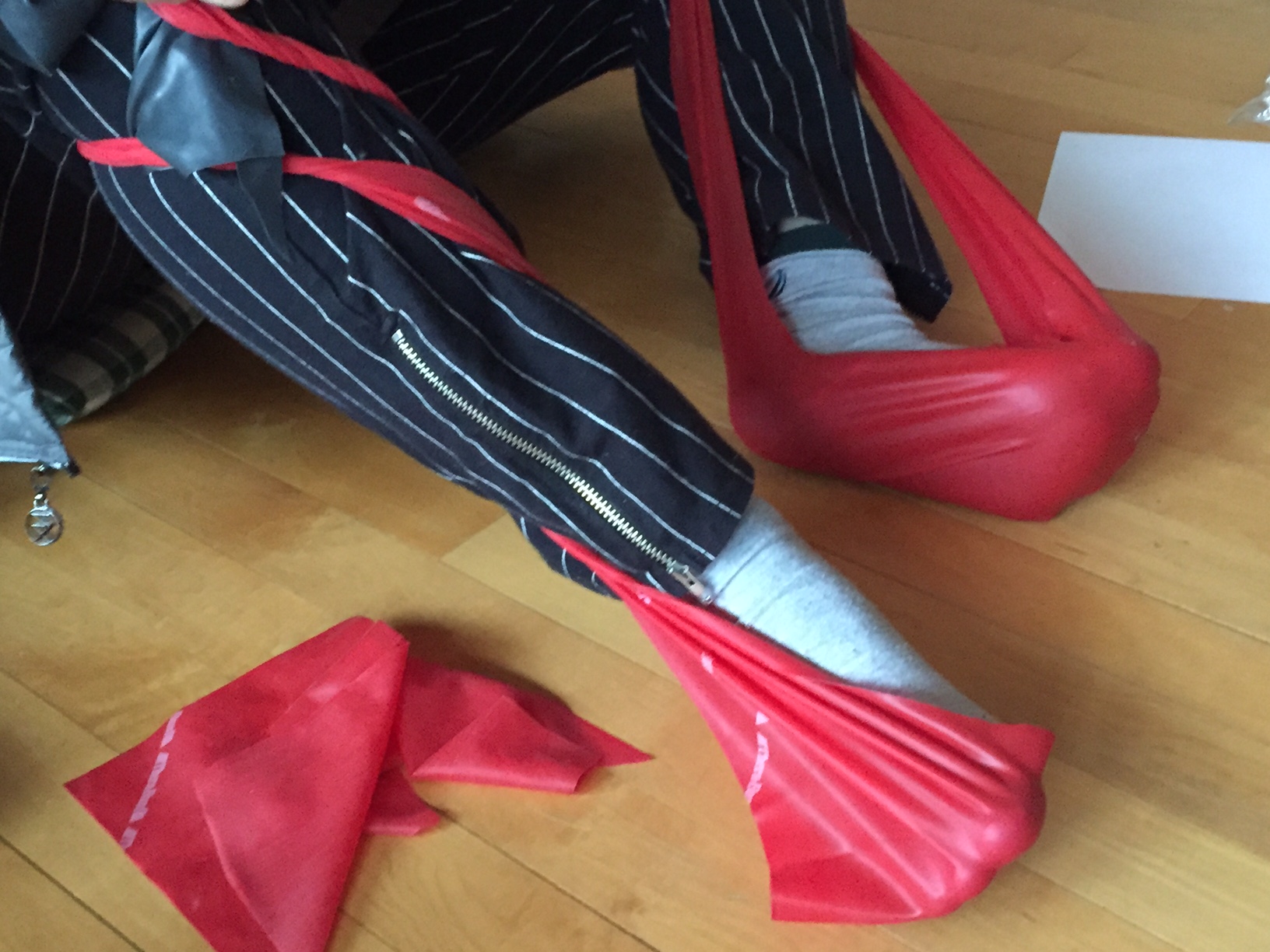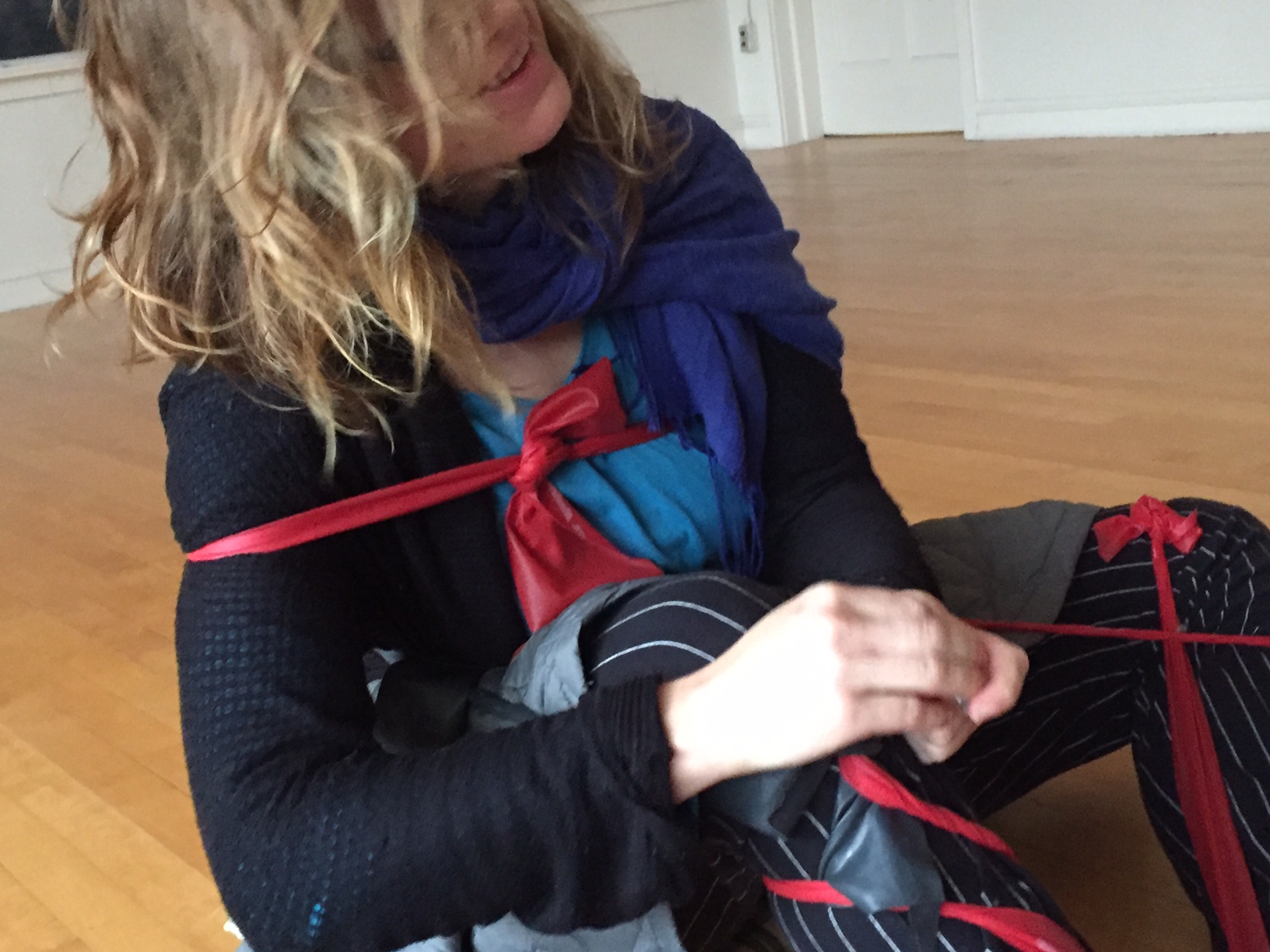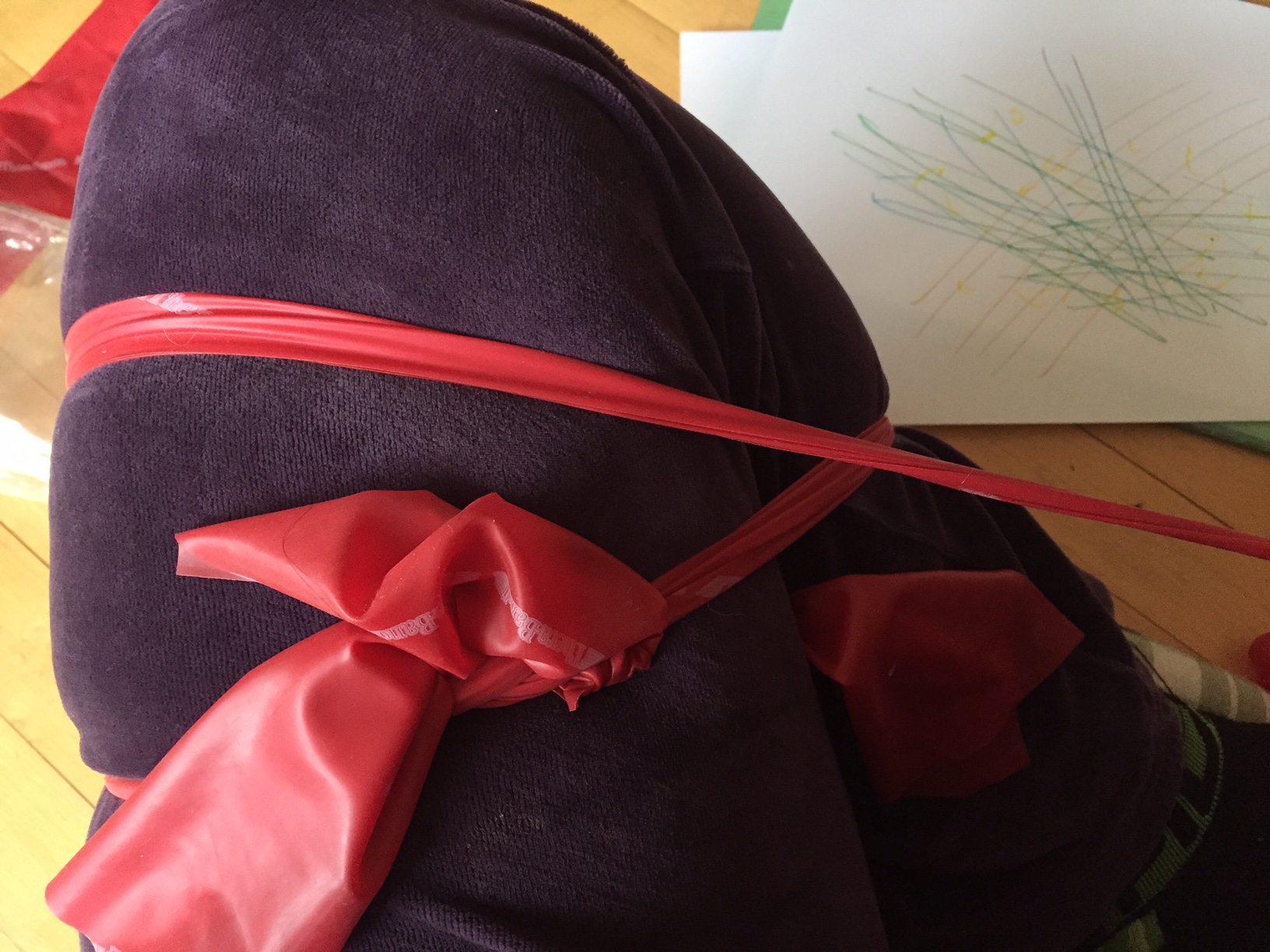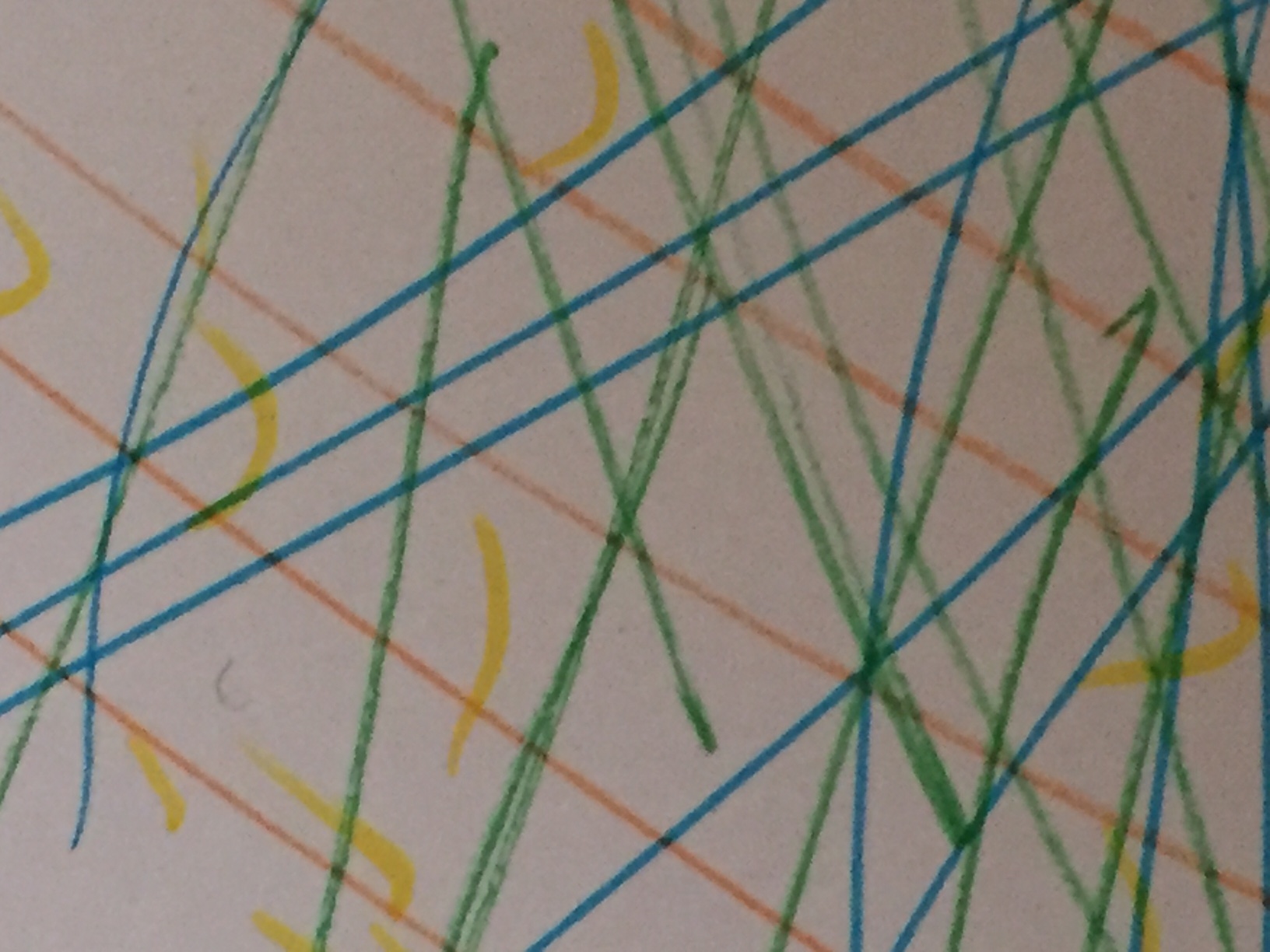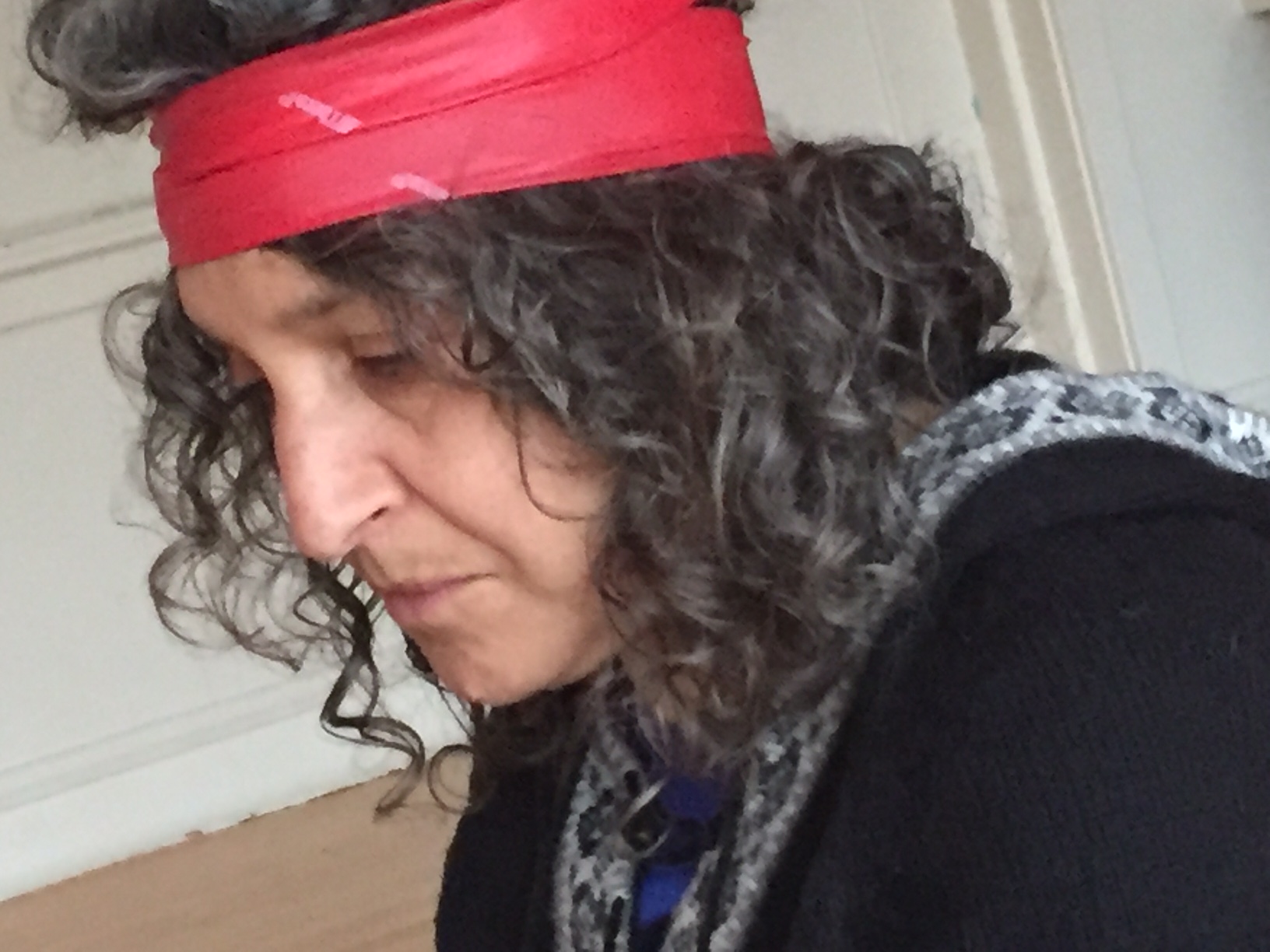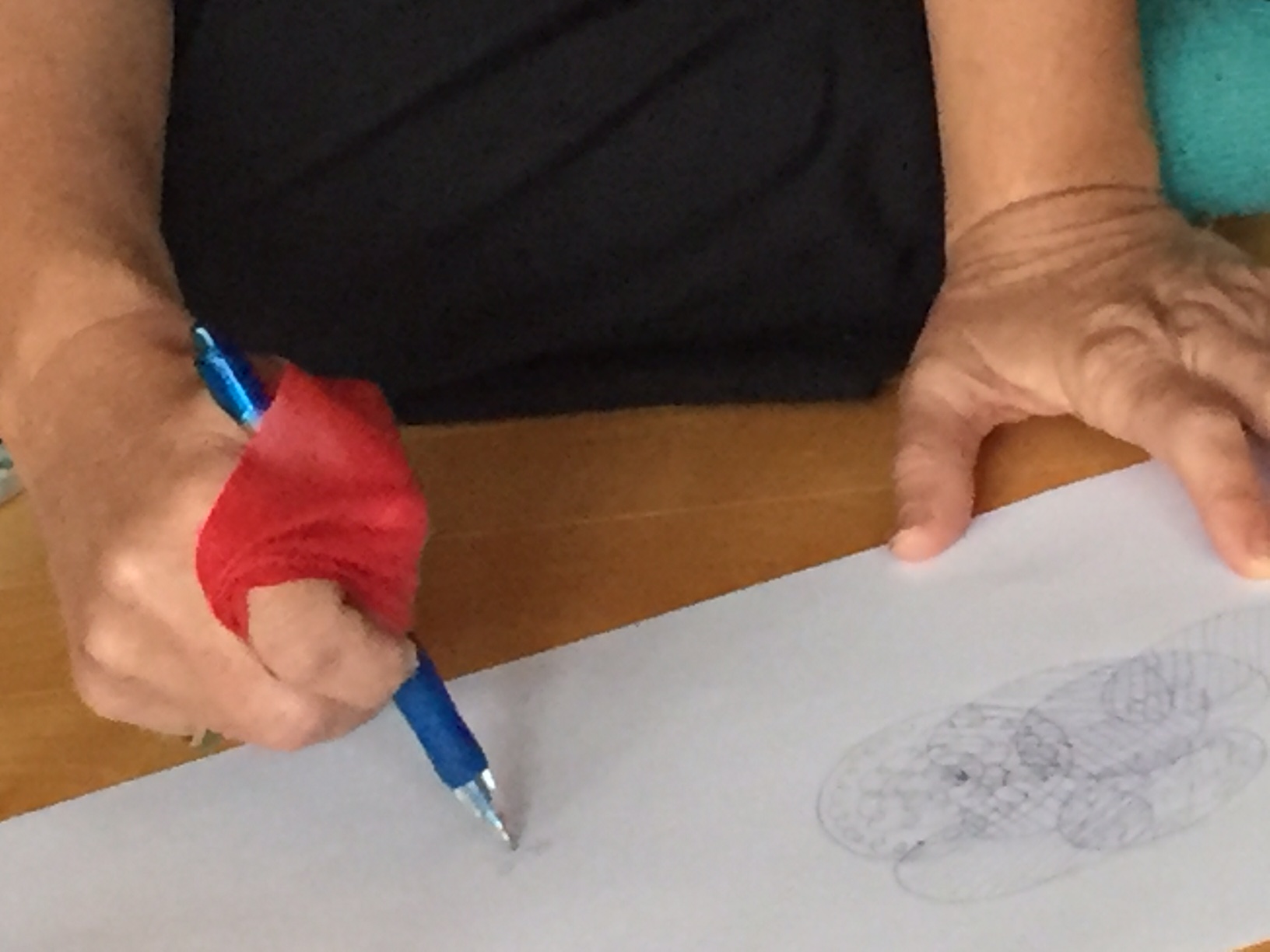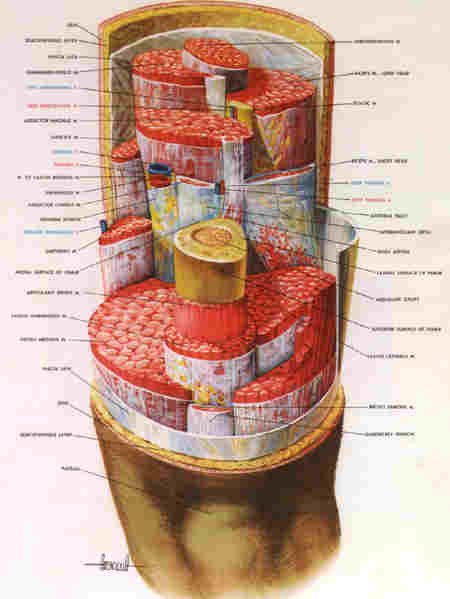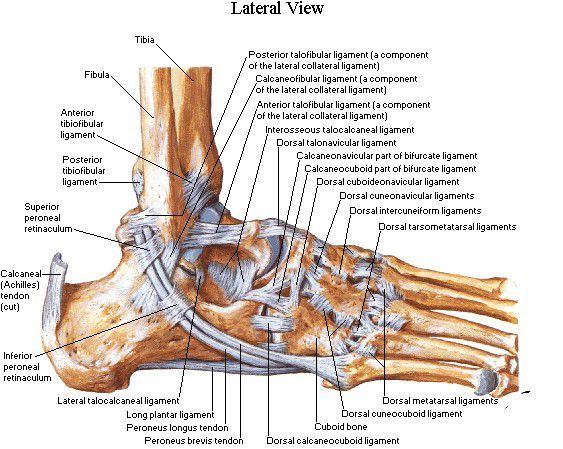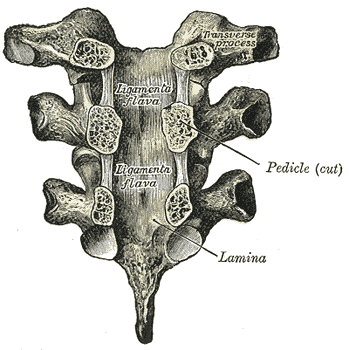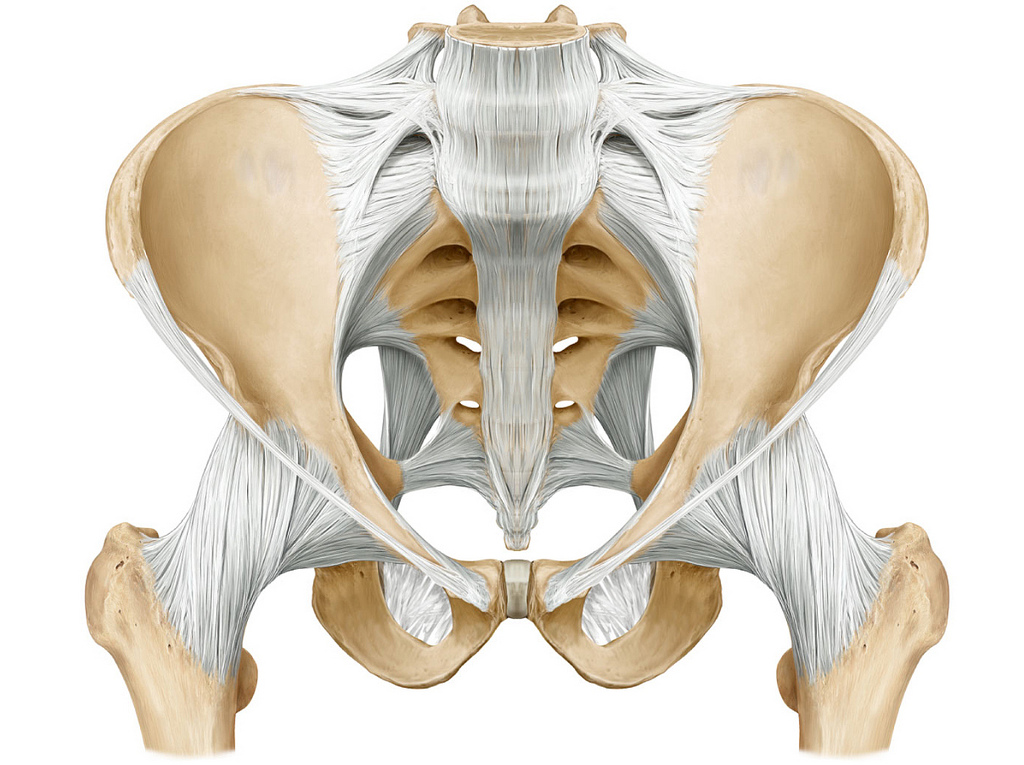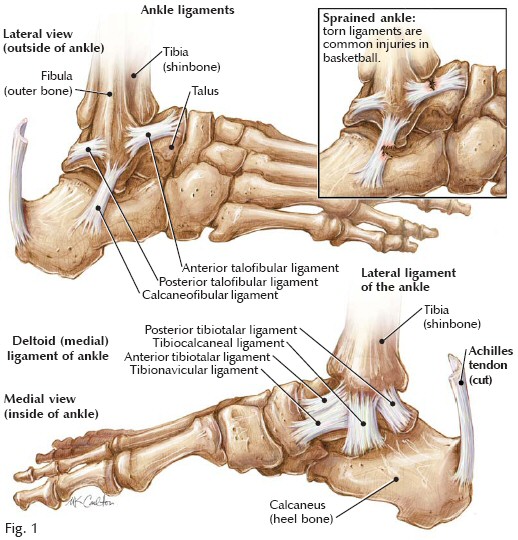Preparation for Tensegrity- Ligaments, Connective Tissue :
Transition from Organs - and requirements
Investigate last months theme: Organs and Homologous, take any one piece of information and play with it further: dance, teach, have a conversation, watch children move - Make a record of this: Photos, notes, video, comments, drawings, audio of your voice....Share this experience with one of your colleagues CALL THEM or VIDEO MEET. take additional notes - Send or bring report to Somatic Body Faculty.. post some part of it online for the group.
Partnering Lab: You will spend ONE hour receiving as well as ONE hour offering attention and support or investigation of your ideas on Organ with a colleague: This may be a bodywork session, a movement exploration with may include verbal or artistic expression.
Prepare your Anatomy - get excited about the next module! (voluntary but highly interesting and supports you to go into somatic spaces)
Watch these youtube videos: HERE
(Choose other sources that you like and let us all know what you have found!)
Review the sections covering these bones and joints in the Anatomy Coloring Book ( ligaments are on the bottom of the page) : 5, 17, 20-23, 25-27, 29-32 ,35-40 (if you prefer to make models or free hand draw all this instead of coloring - please do!)
Create a Ligament Model: demonstrate suspension, tensegritous structure,texture and resilience of ligamentous material, layering bone ligament muscle connective tissue, integration, snug, close support, energetic, electric, vibrational tone of ligs, fluidity of connective tissue, the resilience and bite of cartilage
Read this article: The Nature of Tendons and Ligaments
Explore your ligaments - either in dance or in a regular practice you do: dish washing, yoga, washing a baby, hiking, biking, etc.
Stay connected with your folks!
through all this - follow your curiosity, make your own way, add in things that interest you........
MORE LIGAMENT CONNECTIONS:
Our somatic understanding of fascia is ahead of the medical world and we are allies to professionals that are now researching these concepts.
Here are some interesting articles, videos and that relate to our studies on ligaments : tensegrity, fascia and connection.
listen to Brooke Thomas' Liberated Body podcast - back from the BIOTENSEGRITY CONFERENCE , Fascia Conferences
ANATOMICAL DEFINITION: FASCIA ATTACHES, ENCLOSES, AND SEPARATES MUSCLE, ORGAN, AND OTHER TISSUE
Fascia is directly enervated by neurons and affects interoception (sense your body from inside) and proprioception - w/out a sense of the fascia people have more eating disorders, depression, schizophrenia/ low proprioception Fascia regulates movement speed and timing
OTHER INSPIRING Materials;
great INTRO
http://www.magicalrobot.org/BeingHuman/2010/04/introduction-to-biotensegrity
BIOTENSEGRITY- THE MECHANICS OF FASCIA, Stephen M. Levin Danièle-Claude Martin
"Fascia is the fabric of the body; not the vestments, covering the corpus, but the warp and weft of the material. The other tissues, muscle and bone, liver and lung, gut and urinary, brain and endocrine, are embroidered into the fascia fabric".
https://www.researchgate.net/publication/288215311_Biotensegrity-_The_Mechanics_of_Fascia
Dr. Levin's Biotensegrity YouTube channel
Graham Scarr's Tensegrity in Biology website - More COOL info
Tom Flemon vidoe of model https://youtu.be/N_sndY-Aqvk
cool video - Tensegritous Spine model in movement https://www.youtube.com/watch?v=KE0wGpigCBE
Build your OWN!
Karl Loganson build a structure https://vimeo.com/101699564
http://www.georgehart.com/virtual-polyhedra/straw-tensegrity.html
http://bobwb.tripod.com/synergetics/photos/toothpicks.html
Great video of the LIVER ligaments! ( must join facebook group, but shows real tissue)
Required Books:
Anatomy Coloring Book, Wynn Kapit, Lawrence M Elson, PH.D, 2013 ed.
Atlas of the Human Body, Frank Netter, 2006 ed. or later
Your favorite Anatomy Kinesiology reference
Highly recommended:
Trail Guide to the Body and Workbook, Andrew Biel
Anatomy of Movement, Blandine Calais-Germain
Principles of Anatomy and Physiology, Tortora, 2011 is fine
Sensing Feeling and Action, Bonnie Bainbridge Cohen, 2012, 3rd ed. - purchase from Contact Quarterly (has many changes to first edition)

